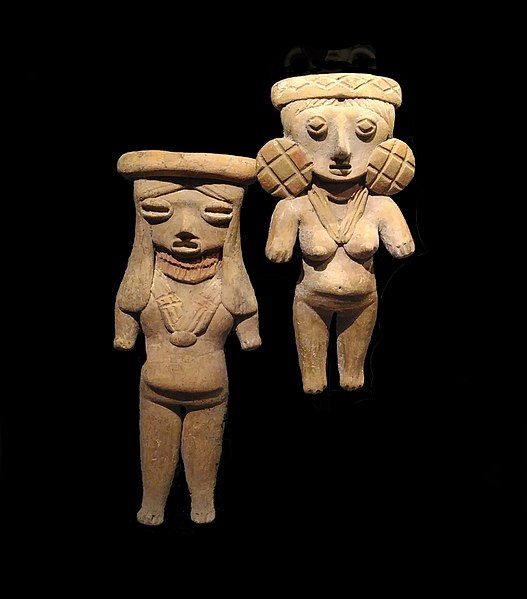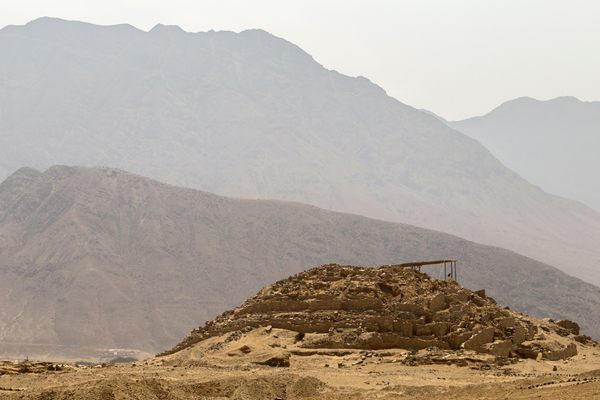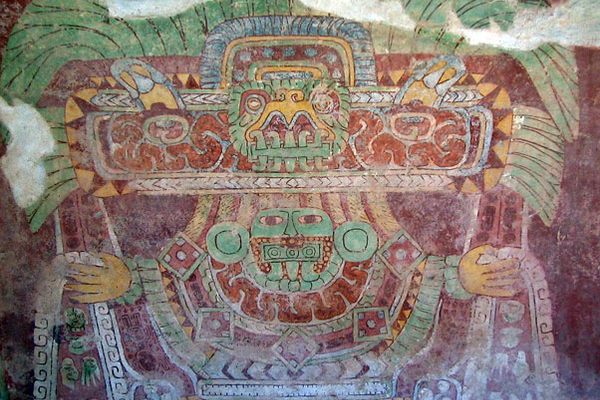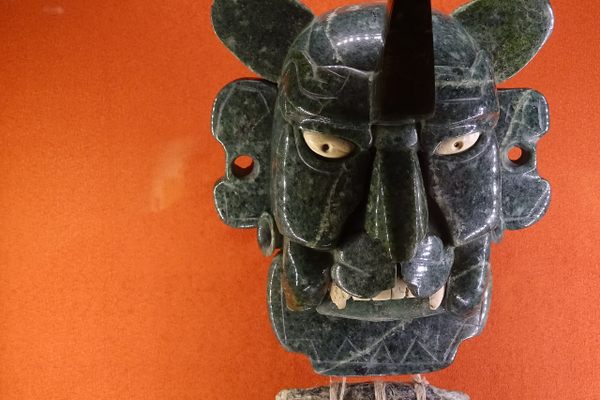About
Just outside the beautiful city of Querétaro, towering above an arid landscape of scrubland, looms the desolate stone ruins of a pyramid known alternately as El Cerrito and El Pueblito. In ancient times, this site was the religious center of an enigmatic civilization that devoted itself to the fervent worship of an inscrutable and buxom goddess of fertility.
The Chupícuaro civilization and its city center, known today as El Cerrito, arose around 300 BC and was for many centuries contemporaneous with the Teotihuacan civilization. Later in its history, it was conquered and came under the influence of the Toltec empire as a vassal state. This socio-cultural change was reflected in the city's architecture, and led to the construction of the Toltec pyramid that still dominates the site and the surrounding landscape today.
Interestingly, the main deity worshipped here above all others is believed to have been a powerful mother goddess. Excavations in the area have repeatedly discovered clay statuettes that depict curvaceous female figures believed to represent her. These sculptures were typically found buried in areas where staple crops such as maize, beans, and squash were cultivated. It's been theorized that these objects may have been annual votive offerings to gain the favors of the goddess and to invoke rain or bountiful harvests, keeping the ever-present threat of catastrophic drought and famine at bay.
The archeological evidence suggests that the cosmovision of the Chupícuaro civilization venerated the fertility of agriculture and nature, embodied by the image of this enigmatic divinity. Yet not much more is known about the cultural practices or ontologies of this mysterious Mesoamerican civilization, which has often been overshadowed by other Central Mexican cultures such as the Teotihuacanos, Toltecs, and the Aztecs.
The collapse of El Cerrito and the Chupícuaro appears to have occurred around the same time as the fall of the Toltecs in 1168, and was probably similarly caused by a combination of environmental stressors and the invasions of warlike northern tribes known as the Chichimecas. The absence of archeological evidence after this time period seems to suggest that the practice of worshipping the goddess was suddenly discontinued by the survivors, who perhaps felt angered or that they had been abandoned in their time of need.
Nevertheless, although El Cerrito was never again to regain its former glory, it is known that the area continued to be inhabited by small tribal communities right up until the time of the arrival of the Spanish conquistadors in 1519. Today, the El Cerrito Archaeological Zone is an intriguing and easily overlooked archaeological gem just a short drive from Querétaro. Aside from the ruins, there is an interesting museum displaying artifacts from the Chupícuaro civilization that were discovered at the site.
Related Tags
Know Before You Go
The archaeological site and museum are open from 9 a.m. to 2:30 p.m. from Tuesday to Friday and 9 a.m. to 4:30 p.m. on weekends. Entrance is free.
Yucatan Family Adventure: Meteors, Pyramids & Maya Legends
Explore Maya temples and learn about the asteroid that wiped out the dinosaurs.
Book NowPublished
May 27, 2019


































